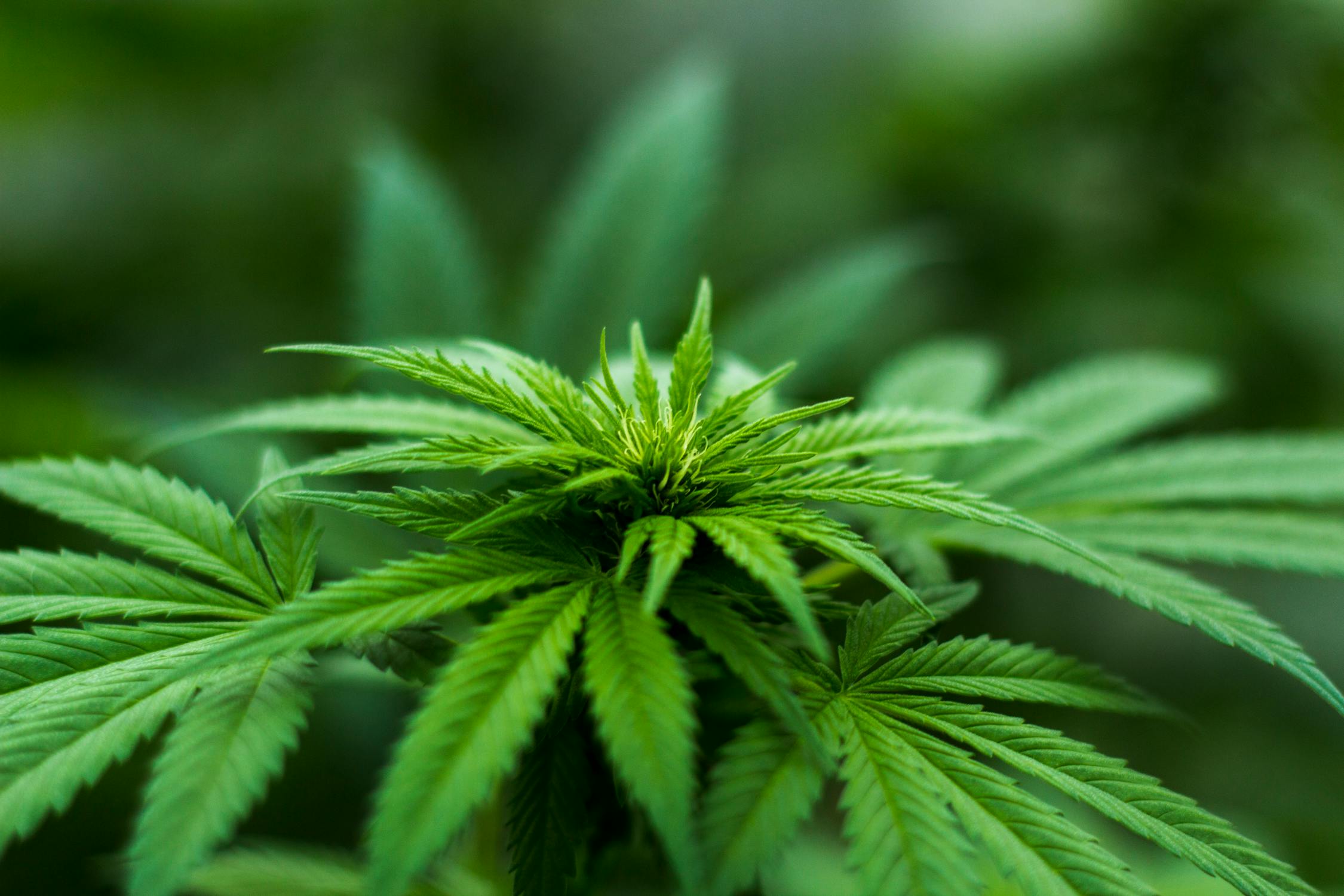
Basic Cannabis Anatomy
Botanists have their own special lingual, just like any other scientists who have specialized differently. The unique terminologies and language and language they use enables them to communicate efficiently between themselves and with other plant enthusiasts. However, the regular plant enthusiast may have a relatively hard trying to decipher some of the vocabulary being used. A good example is this description of marijuana given below:
“Cannabis is an annual, dioecious, flowering herb. The leaves are palmately compound…with serrate leaflets. Cannabis normally has imperfect flowers, with staminate “male” and pistillate “female” flowers occurring on separate plants.”
The explanation of what marijuana is made up of two sentences which require knowhow for one to fully understand what they mean. The glossary-style entry in use comprises of couple of botanical terminologies that are exclusively associated with Cannabis.
- Annual – The plant in context has the ability to complete a full life cycle within a single growing season. Cannabis and corn are perfect examples.
- Apical or Terminal Bud – This is the topmost past of the plant. In Cannabis, the buds are the one that are most colossal and dominant.
- Axil & Axillary Bud – This is the part on the plant where the leaves intersect with the main stem. In marijuana plants, the buds have specific cells which exclusively grow into either flowers or side branches.
- Dioecious – The term which emanates from modern Latin means two houses. This literally means that cannabis has separate plants for the male and female counterparts. In case the output does not yield high returns, the female flowers won’t grow the right way therefore they will be lacking the essential seeds. This is also referred to as sinsemilla.
- Flower- What most applies for most plants is that, flowers normally have bright colors and are good-looking as well. In weed, the fact that the flowers are charming serves a whole different purpose. The female flowers are necessary for production of THC as well as other cannabinoids in much higher proportions than in other plant parts. Also, both the male or female Cannabis flowers lack petals.
- Floral bud- This is an axillary bud that has reached its flowering period and is hence about to start flowering. Ultimately, it achieves the right state for smoking.
- Herbaceous – This means that the plant does not have the ability to make wood. The stem is always fresh and is quite malleable as well.
- Lateral shoot- This is a branch that has outgrown its axillary bud phase.
- Leaf – This is the major source of production of energy eve in the Cannabis plant. The characteristics of the leaves are that they are palmately compound and this implies that the leaves are further subdivided into smaller leaflets which emanate from a center point.
- Petiole –This is the minute that holds the main blade of the leaf and leaflets in place.
- Rachis – This is the point of intersection of all the leaflets. They could also appear a little stretched and occasionally resemble petioles.
- Stem – The element of the plant that backing and gives rise to leaves and flowers. It goes all the way and joins to the roots at the soil level.
The terms are a satisfactory definition of what makes up the plant. All that’s left is having a good time enjoying the refined Cannabis.
Sources:
Lebel-Hardenack, Sabine; Grant, Sarah R. (1997). “Genetics of sex determination in flowering plants”. Trends in Plant Science 2 (4): 130–6.doi:10.1016/S1360-1385(97)01012-1

Parts of a plant
Let’s start with the outside of the flower. The first things you see are probably its Sepals and Petals. The Sepals form a ring of small leaf-like sections around the base of the flower. They are usually green and their job is to protect and support the flower. The bright-colored Petals are there to attract the birds and insects who will do the important work of pollination. The Petals often smell good, too. (Some flowers depend on the wind for pollination, so their Petals are less colorful & fragrant since they don’t need to attract pollinators). The Petals form the plant’s Corolla, while the Sepals form its Calyx. Now let’s peel back the Petals and look inside the Corolla.
Plants in this subkingdom are multicellular eukaryotes with specialized reproductive organs. Plants have organs and organ systems. The leaves collect and absorb sunlight to convert to glucose. The leaves have a waxy coat on them to shield against water. The root system, which branches out, provides support and absorbs water. The stem provides support and the petal / flower / bud is the reproductive organ of the plant.
What makes cannabis different or similar to other plants?
Not a day goes by in which our lives are not affected by flowering plants. Nearly all of our food comes from flowering plants; grains, beans, nuts, fruits, vegetables, herbs and spices almost all come from plants with flowers, as do tea, coffee, chocolate, wine, beer, tequila, and cola. Much of our clothing comes from them as well — cotton and linen are made from “fibers” of flowering plants, as are rope and burlap, and many commercial dyes are extracted from other flowering plants. We also owe them credit for a large number of our drugs, including over-the-counter medicines such as aspirin, prescribed drugs such as digitalis and atropine, and controlled drugs such as opium, cocaine, marijuana, and tobacco.